5.09.2019
Isro on edge ahead of Chandrayaan-2 landing
As ISRO waits for the soft-landing of Chandrayaan 2, scientists at Isro are nervous and anxious. Isro is however cautiously optimistic of "Vikram" module's soft-landing on the Moon on Saturday.
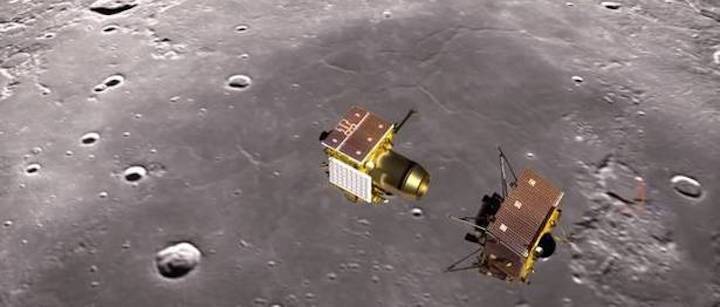
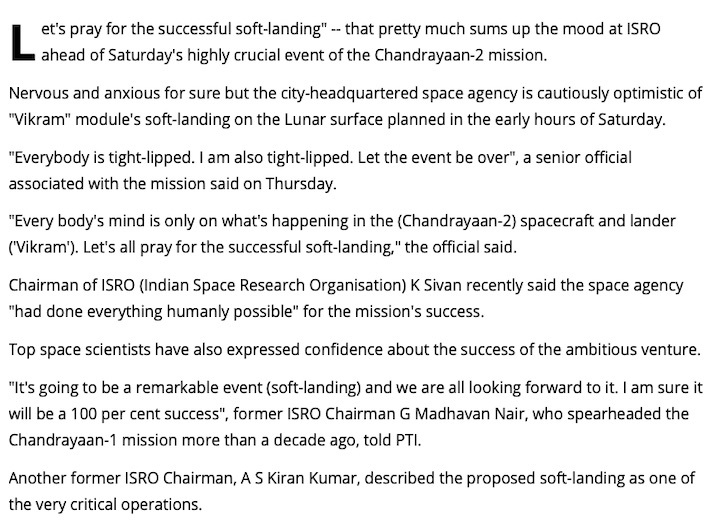
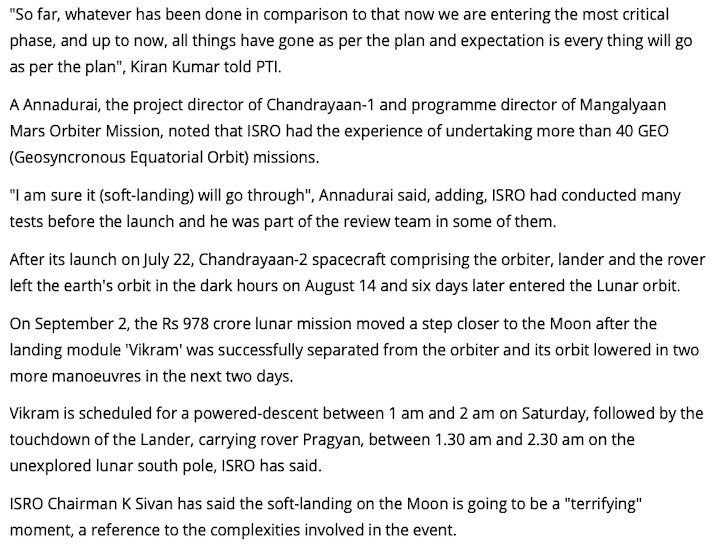
Watch Live Landing of Vikram Lander on Moon on Sep 07, 2019 from 01:10 hrs IST onwards
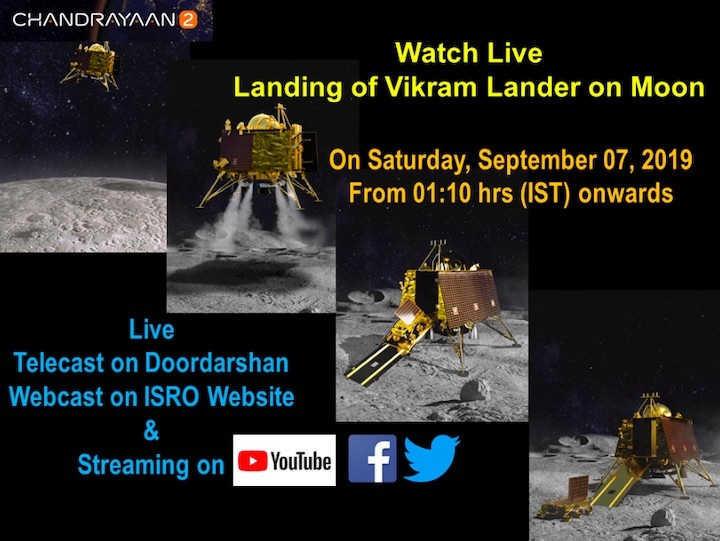
Quelle: ISRO
+++
Chandrayaan-2's Vikram Lander to Soft Land on the Moon Tonight, ISRO Details Process
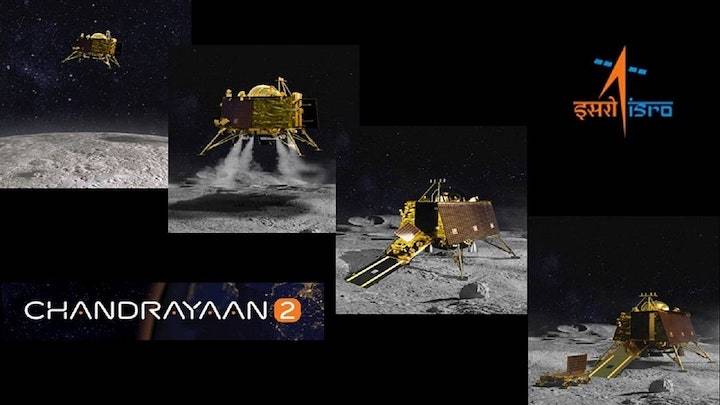
Chandrayaan-2's Vikram lander will land on the Moon tonight. ISRO has revealed that the soft landing of Vikram, Chandrayaan-2's Moon lander, will be carried out by at least eight onboard equipment in a coordinated manner. Vikram with rover Pragyan housed inside is scheduled for a powered-descent between 1am and 2am on September 7 (tonight), followed by its touchdown between 1:30am and 2:30am. Ahead of the proposed touchdown in the early hours of Saturday, the ISRO explained through a video how it will take place. The landing will be live streamed.
In its video, ISRO explained that the Vikram lander machine will befitted with at least three cameras, Lander Position Detection Camera (LPDC), Lander Horizontal Velocity Camera (LHVC) and Lander Hazardous Detection and Avoidance Camera (LHDAC), to ensure its soft landing on the lunar surface. There will be two KA Band Altimeter-1 and KA Band Altimeter-2. The KA Band stands for Kurtz-above band, which is partof the Kurtz (K) band in the microwave band of the electromagnetic spectrum.

There will be a Laser Altimeter (LASA), an instrument that is used to learn about the topography, or the shape of the surface of a planet. It will operate through the Chandryaan-2 orbitor revolving around the Moon above the lander. The lander will have five 800N Liquid thruster engines,touchdown sensors and solar panels. During the rough braking Phase at an altitude of 100km, the four engines on four sides of the cubical shaped lander will be switched on.
At this stage of the Absolute Navigation Phase, KABand-1, Laser Altimeter and Lander Position Detection Camera will be activated to ensure that the lander is positioned in space just above the Moon's surface to sit perfectly on the ground. The Lander Position Detection Camera will be switched onto identify the perfect place to sit cosily on the ground. At this hovering stage of lander, about 400 metres above the Moon's surface, two engines will be ignited.Subsequently LASA, KA-Band 2 and LHVC will be activated.
There will be a retargeting phase where LASA, KA Band-2,LHVC, LHDAC will be activated to coordinate for the perfect landing. Further, at an altitude of 10 metres, the ISRO will carry out the landers parabolic descent for soft landing by igniting the central engine and using the touchdown sensor at the bottom of the stand. Soon after touchdown, ISRO will deploy the three payloads, named Chaste, Rambha and Ilsa.
Chaste is located just at the lower edge of the cubical Vikram lander which will extend like one of the stands touching the ground. Rambha will be at the upper side of the outer wall of the lander extending like a rod while Ilsa will be at the bottom. The lander is equipped with solar panels on its outer walls for power generation for the project. Hours after touchdown, rover Pragyaan will roll out from inside the lander to carry out intense probe of Moon soil with its two payloads.
The Vikram lander's Moon landing attempt will be live streamed on the ISRO YouTube channel, starting 1:10am on Saturday. You can watch it here.

Quelle: Gadgets 360
+++
ISRO Scientists keeping a close eye on the descent of lander Vikram towards the lunar South pole
 @isro
@isroIn the Satellite Control Centre of the Indian Space Research Organisation(ISRO) Telemetry, Tracking and Command Network in Bengaluru, the scientists are actively involved in the landing manoeuvre of Chandrayaan-2. The Lander Vikram is now at the most favourable path around the moon.
The scientists and engineers are confidently moving ahead with the most important task, with the self-assurance they have gained through the earth-based trials and simulation tests. Confidence is writ large on their faces and are all geared up to n avigate Chandrayaan-2 to reach its summit, the lunar South Pole
Quelle: All India Radio
"All Going According To Plan": ISRO Chief On Chandrayaan 2 Moon Landing
Chandrayaan 2 Mission: The touch-down of 'Vikram' lander is scheduled between 1:30 am and 2:30 am on Saturday, followed by the rollout of rover 'Pragyan' between 5:30 am and 6:30 am.
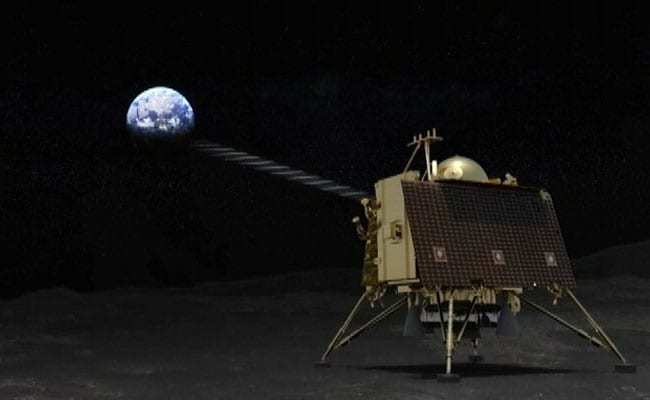
Chandrayaan 2: India will become the 4th country after Russia, US and China to soft-land on the Moon
Hours before Chandrayaan 2's 'Vikram' lander is scheduled to make a soft-landing on the Moon's surface, ISRO Chairman K Sivan said today that things are progressing as per plan for the much-awaited event.
"We are eagerly waiting for the event. Everything is going according to the plan," Dr Sivan told news agency Press Trust of India.
The touch-down of 'Vikram' lander is scheduled between 1:30 am and 2:30 am on Saturday, followed by the rollout of rover 'Pragyan' between 5:30 am and 6:30 am. The soft-landing will be telecast LIVE from 1:10 am on Doordarshan, webcast on ISRO website and streamed on YouTube, Facebook and Twitter.
"Certainly there is lot of anxiety in the minds of the entire (Chandrayaan 2) team because it's a very complex operation and we are doing it for the first time," a senior official associated with the mission, told news agency PTI on condition of anonymity.
"Everything... sensors, computers, command systems... has to work perfectly. But we are confident in the sense we have conducted a large number of simulations on the ground; it gives us the confidence it would go alright," the official said.
He described the soft-landing as "almost like placing a baby on the cradle", and said, "there is certain amount of anxiety but there is no fear."
Prime Minister Narendra Modi, dozens of students from across the country selected by ISRO though an online quiz, a large media contingent and others are slated to watch the event as it happens, from the ISRO Telemetry Tracking and Command Network (ISTRAC) in Bengaluru.
As India attempts a soft-landing on the lunar surface, all eyes will be on the lander 'Vikram' and rover 'Pragyan'.
The 1,471-kg 'Vikram', named after Dr Vikram A Sarabhai, father of the Indian space programme, is designed to execute a soft-landing on the lunar surface, and to function for one lunar day, which is equivalent to about 14 earth days.
Chandrayaan 2's 27-kg AI-enabled robotic vehicle 'Pragyan', which translates to 'wisdom' in Sanskrit, can travel up to 500 metres from the landing spot on the Moon and leverages solar energy for its functioning.
"The lander carries three scientific payloads to conduct surface and sub-surface science experiments, while the rover carries two payloads to enhance our understanding of the lunar surface," according to ISRO.
'Vikram' will perform a series of complex braking manoeuvres to soft-land in the south polar region of the Moon between two craters, Manzinus C and Simpelius N, on September 7.
A few hours later, the rover will roll down from 'Vikram' and will explore the surrounding lunar terrain.
Chandrayaan 2, a follow-on mission to the Chandrayaan 1 venture launched more than a decade ago, comprises an orbiter, lander (Vikram) and rover (Pragyan). The mission life of the orbiter will be one year while that of the lander and rover will be one lunar day which is equal to 14 Earth days.
A successful touch-down will make India the fourth country after Russia, the US and China to achieve a soft-landing on the moon, and the first to launch a mission to the unexplored south polar region.
Dr Sivan recently said the proposed soft landing was going to be a "terrifying" moment as the ISRO has not done it before.
The Chandrayaan 2 is a Rs. 978 crore unmanned moon mission (satellite cost Rs. 603 crore, GSLV MK III cost Rs. 375 crore).
India's Geosynchronous Satellite Launch Vehicle, GSLV MkIII-M1 successfully launched the 3,840-kg Chandrayaan 2 spacecraft into the Earth's orbit on July 22.
The spacecraft began its journey towards the moon leaving the Earth's orbit in the dark hours on August 14, after a crucial manoeuvre called Trans Lunar Insertion that was carried out by ISRO to place the spacecraft on "Lunar Transfer Trajectory."
The spacecraft successfully entered the lunar orbit on August 20 by performing Lunar Orbit Insertion (LOI) manoeuvre.
On September 2, 'Vikram' successfully separated from the orbiter, following which two orbit lowering manoeuvres were performed to bring the lander closer to the Moon.
The health of the spacecraft is being continuously monitored from the Mission Operations Complex at ISTRAC here with support from Indian Deep Space Network (IDSN) antennas at Bylalu, near Bengaluru.
The orbiter carries eight scientific payloads for mapping the lunar surface and study the exosphere (outer atmosphere) of the Moon, according to ISRO officials.
Quelle. NDTV
+++
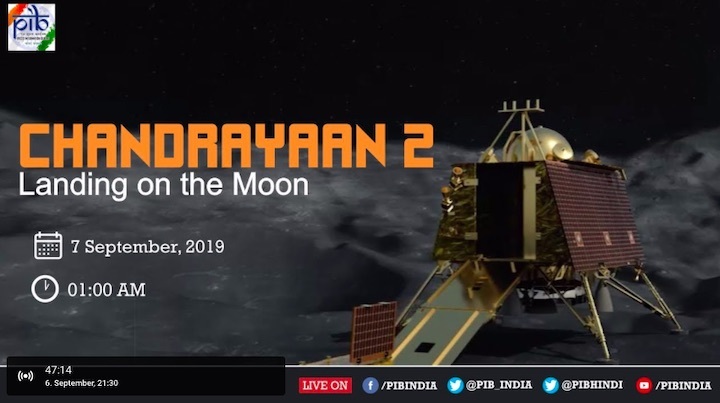
+++
22.00 MESZ: LIVE-Frams von ISRO Chandrayaan2-Mondlandung:
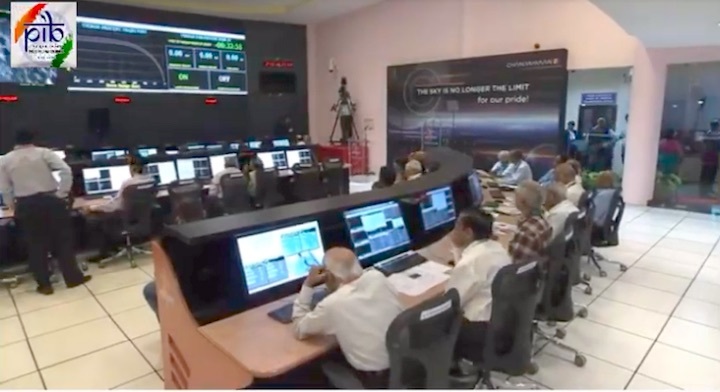
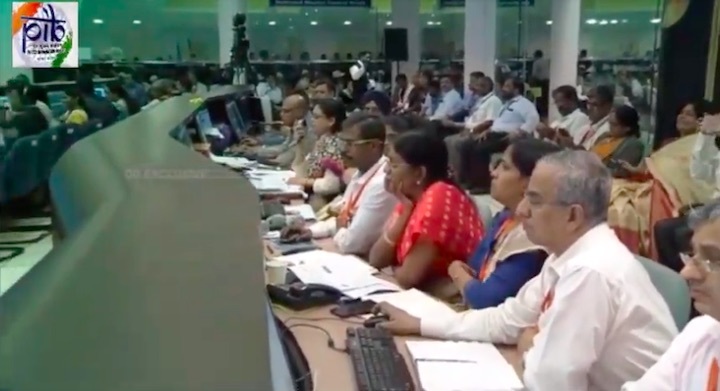
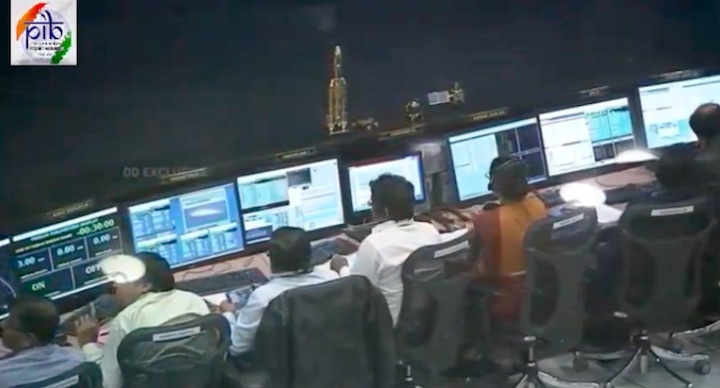
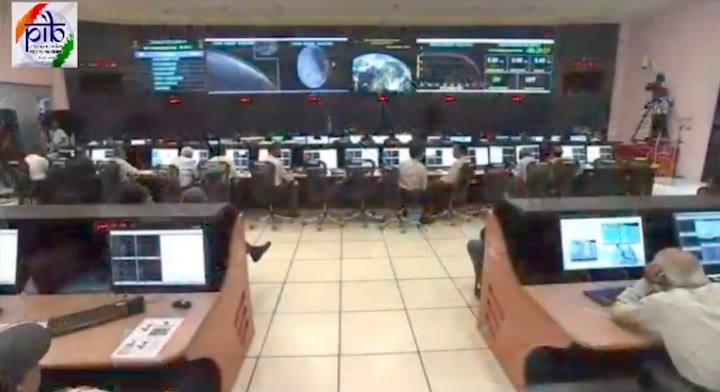
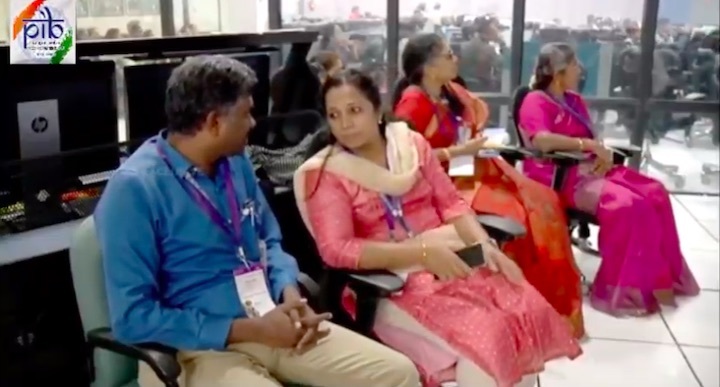
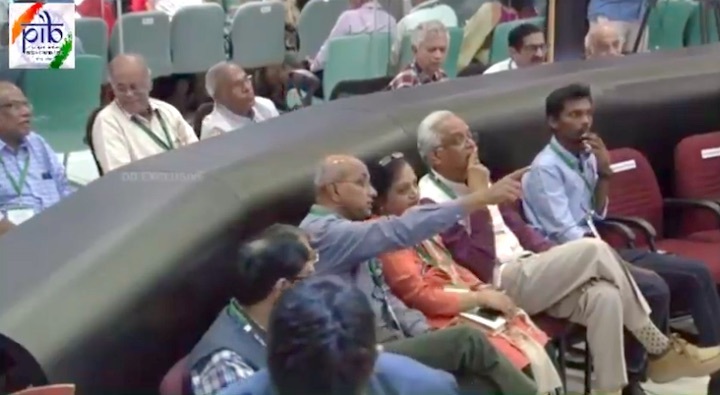
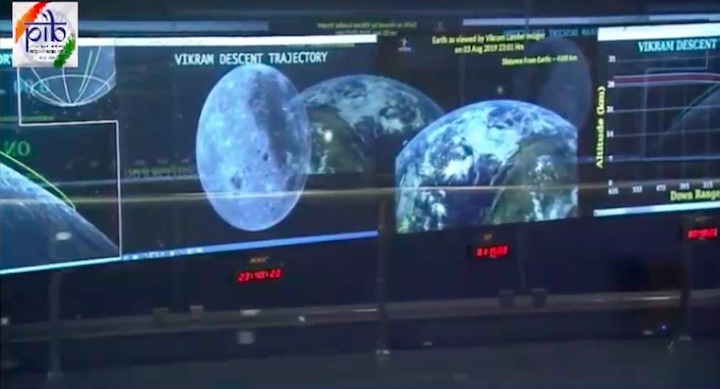
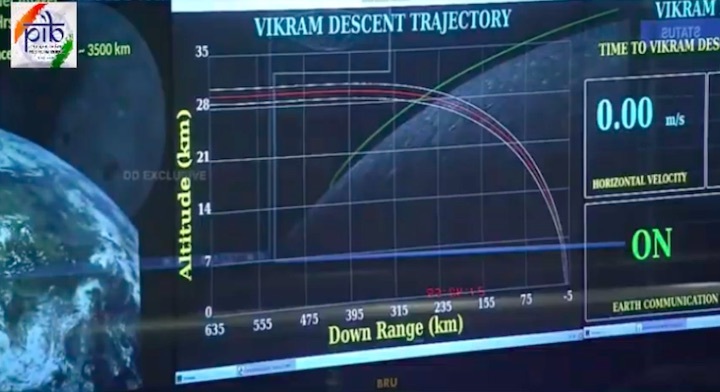
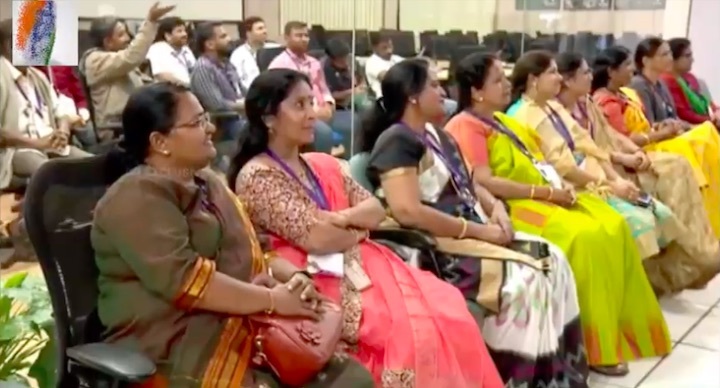
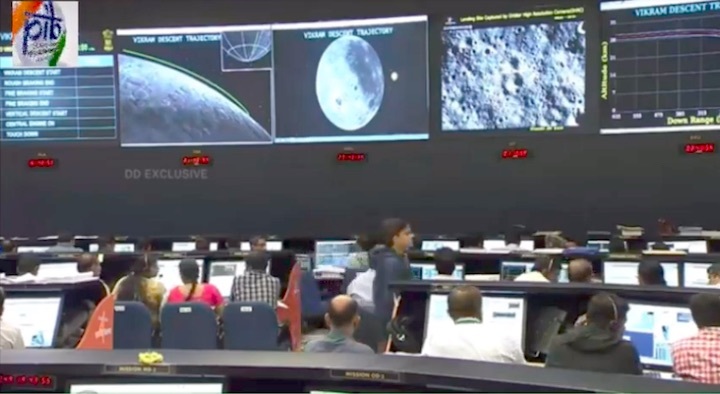
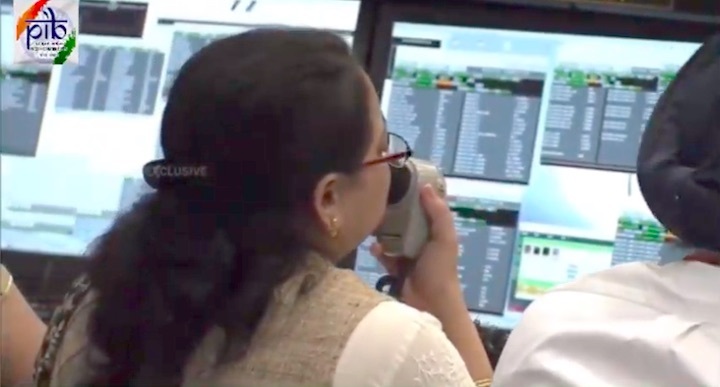
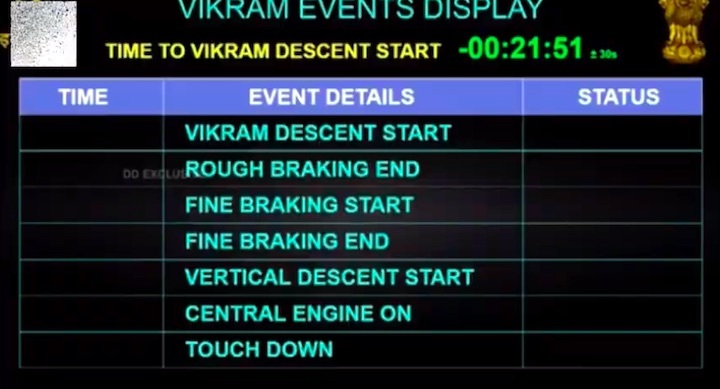
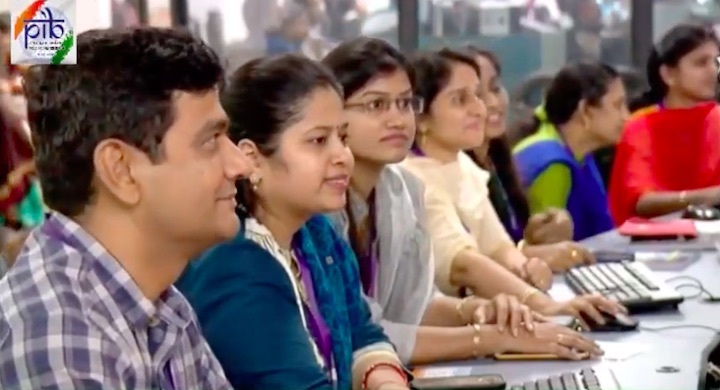
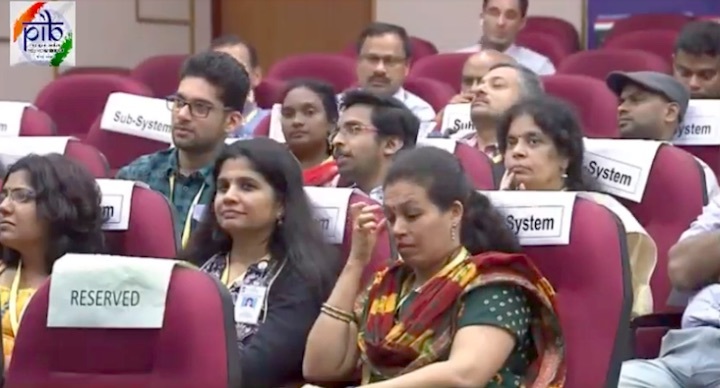
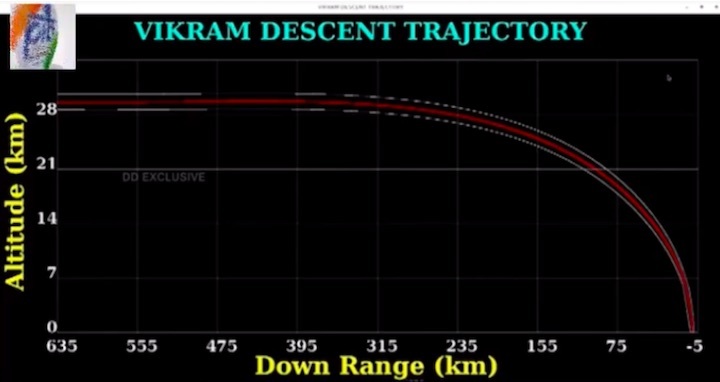
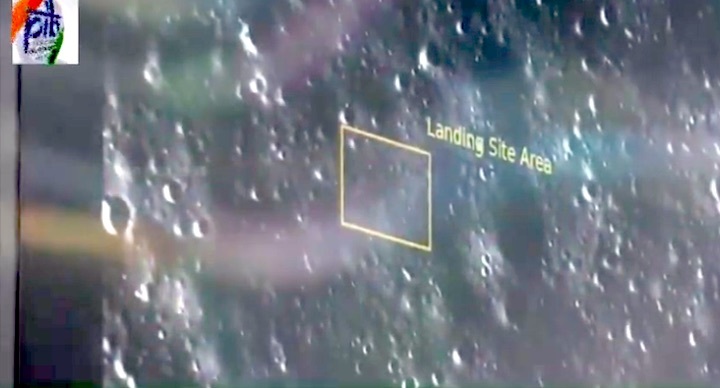
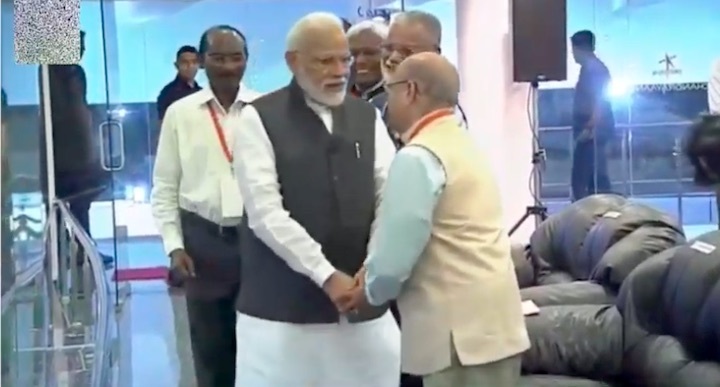
+++
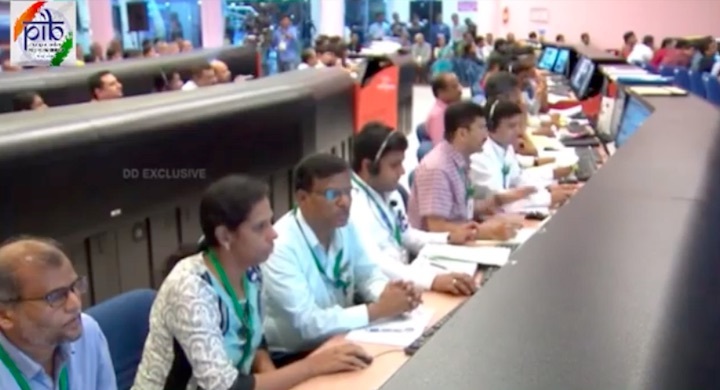
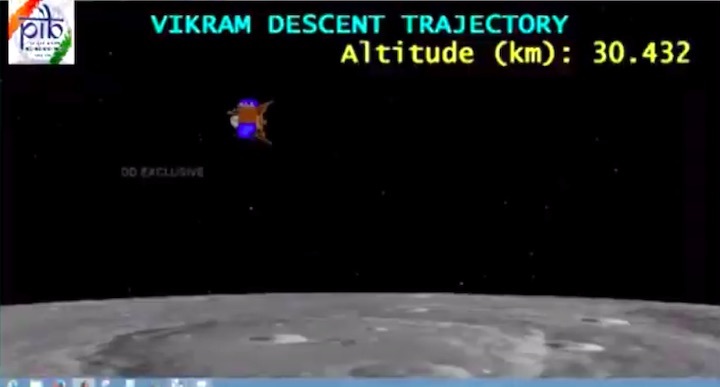
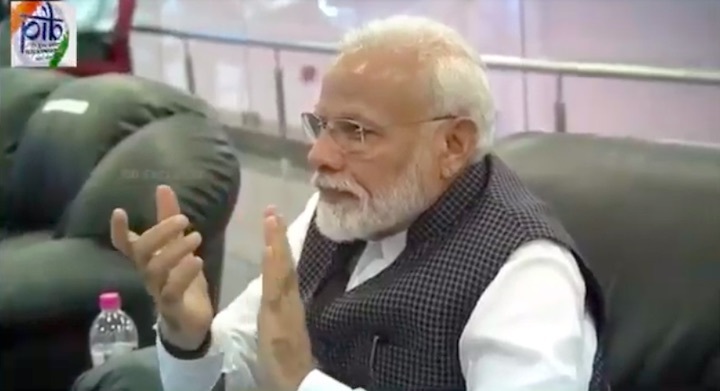
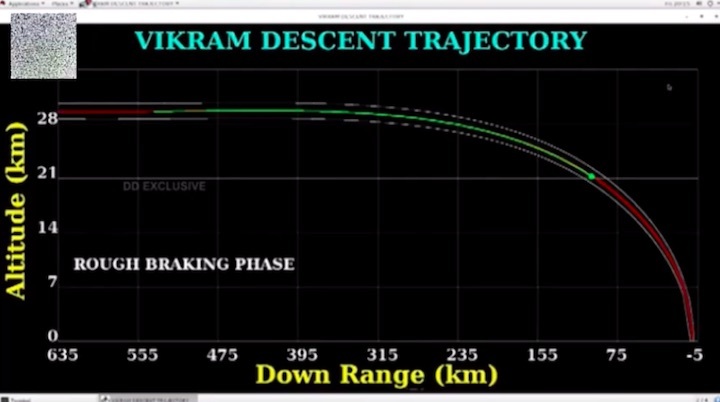
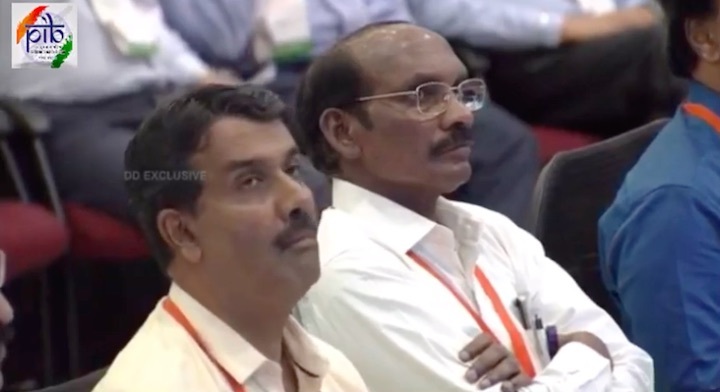
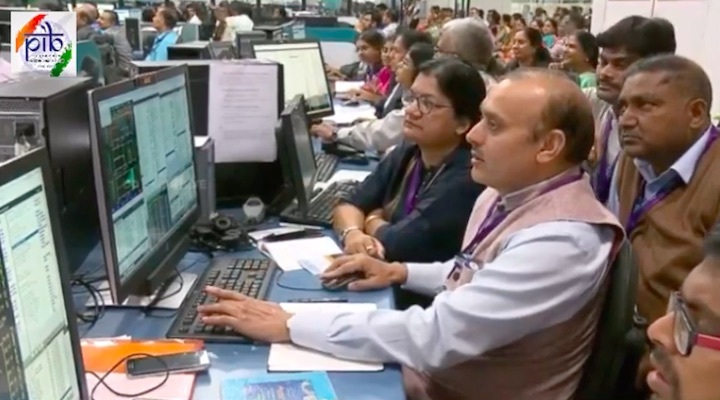
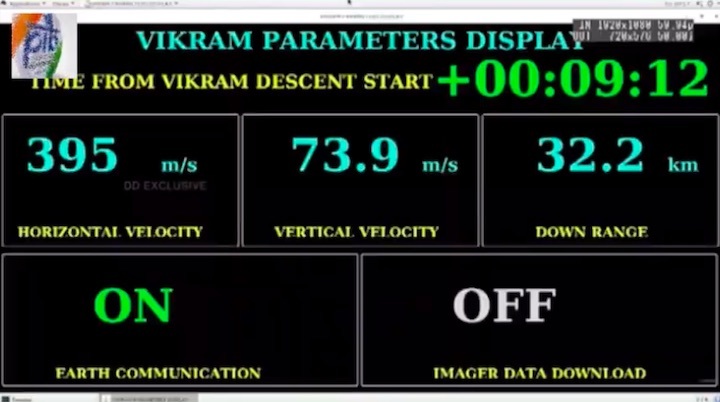
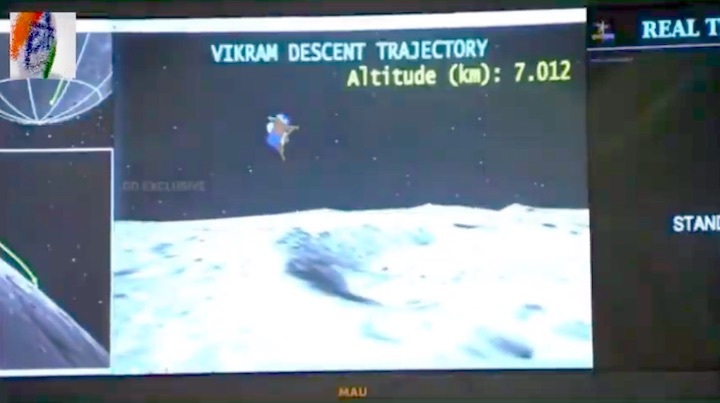
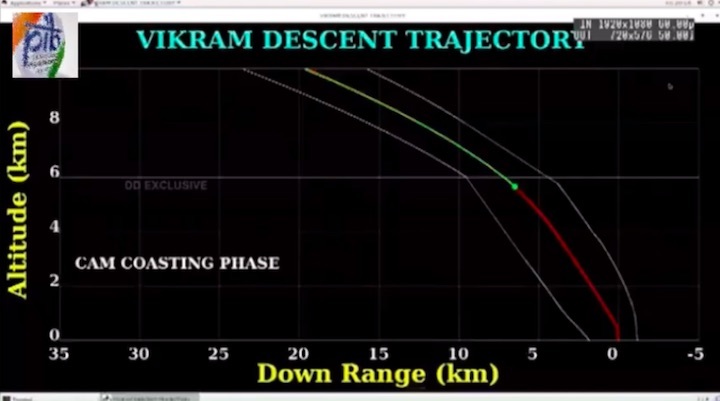
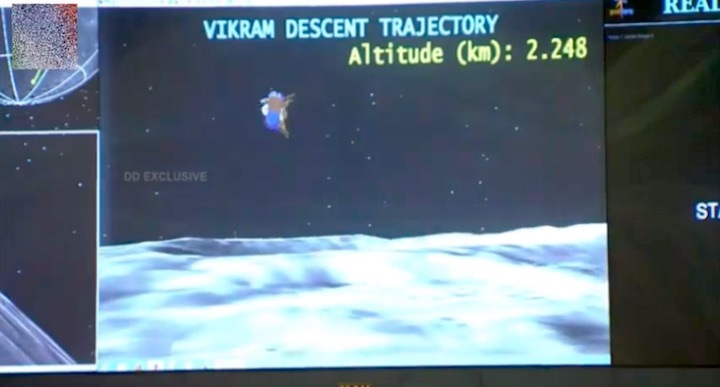
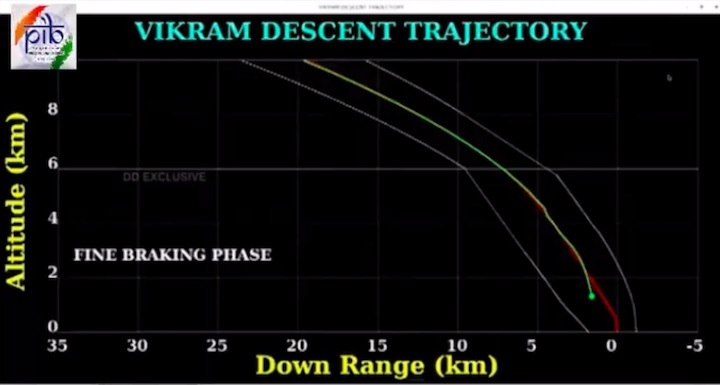
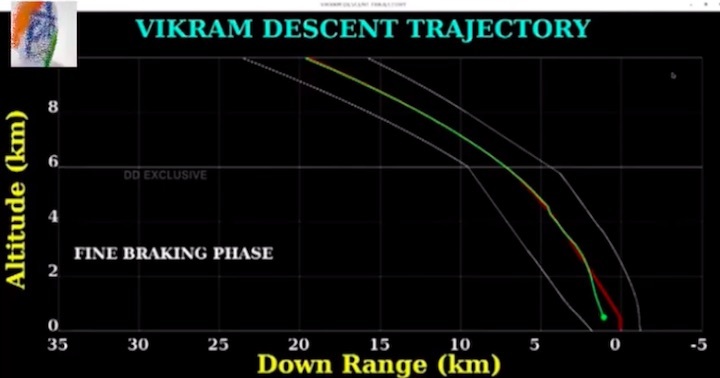
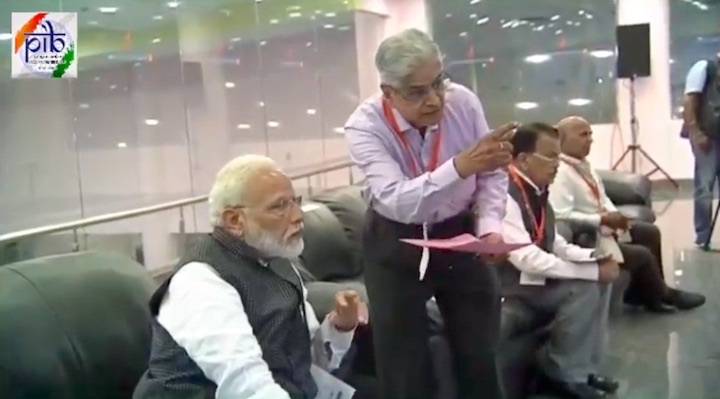
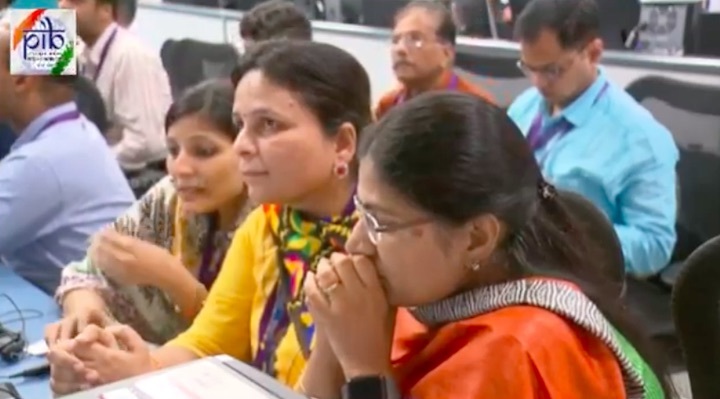
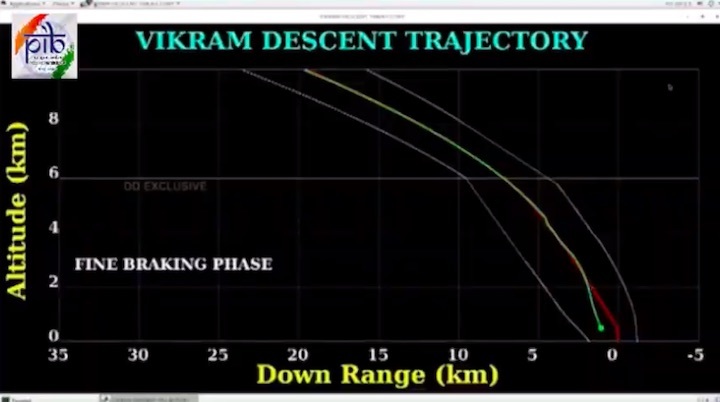
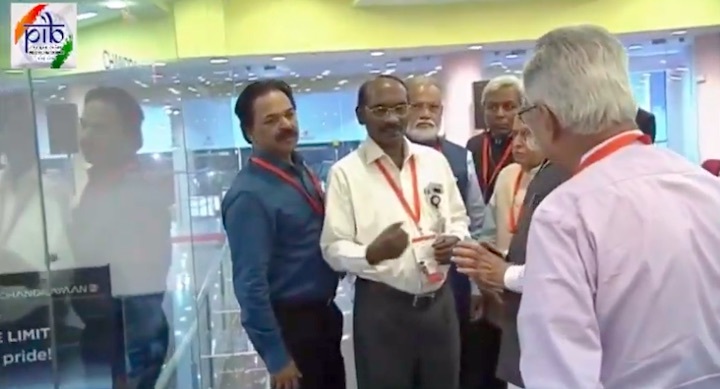
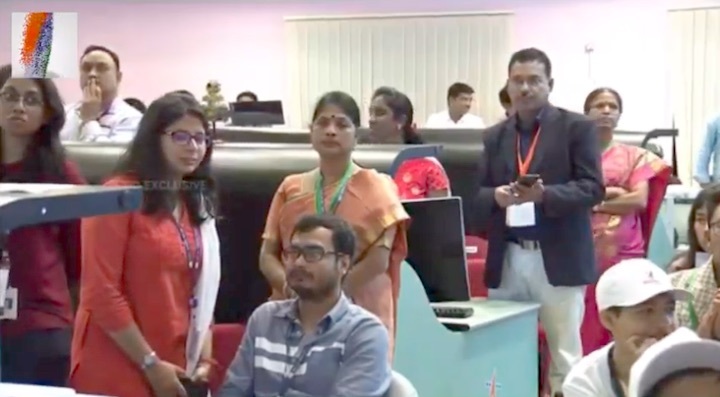
+++
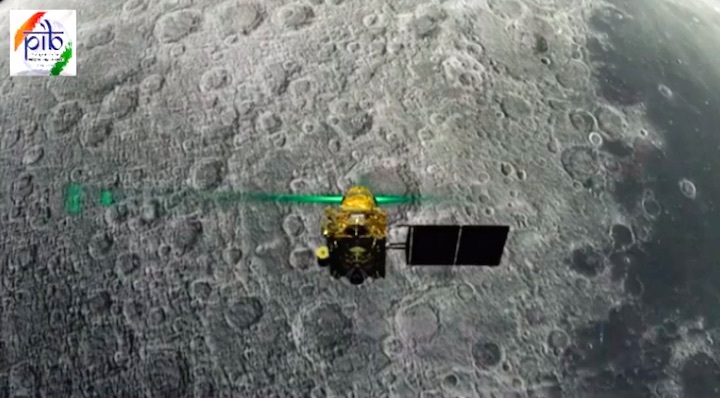
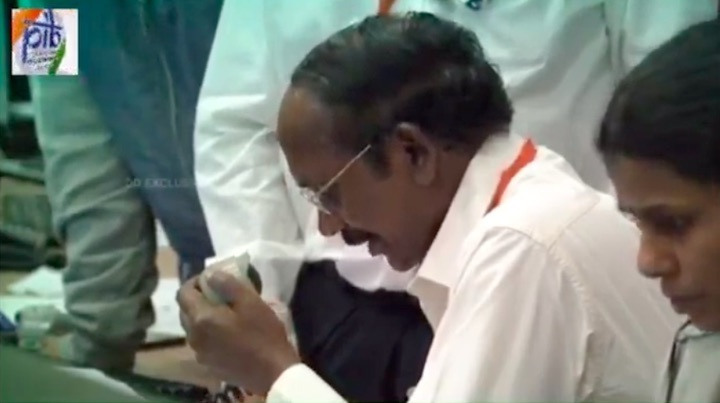
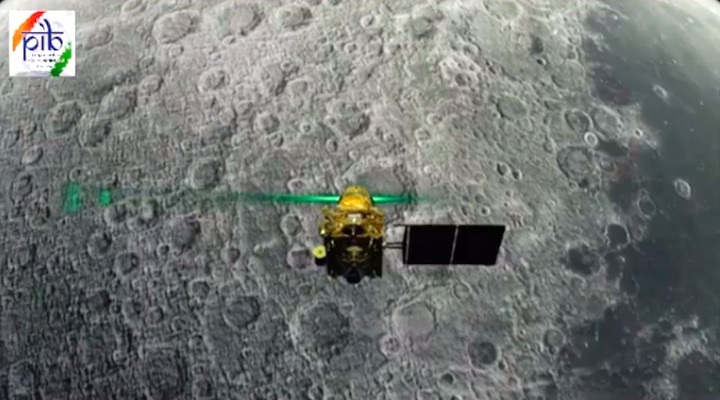
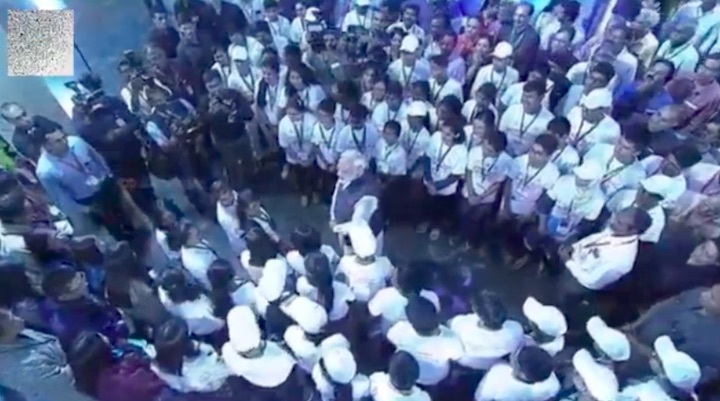
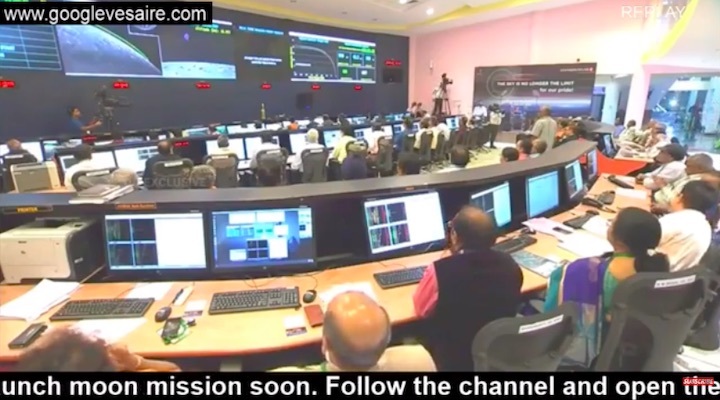
Quelle: ISRO
----
Update: 7.09.2019
.
„CHANDRAYAAN-2“
Kurz vor der Landung! Indien verliert Kontakt zu Mondsonde
Es fehlten nur noch 2,1 Kilometer!
Beim indischen Landeversuch am Südpol des Mondes ist der Kontakt zur Mondsonde „Chandrayaan-2“ plötzlich abgerissen.
Damit ist der Traum, als vierte Nation (nach den USA, der Sowjetunion und China) eine erfolgreiche Landung zu bewältigen, vorerst wohl geplatzt. Das bestätigte der Leiter der indischen Raumfahrtbehörde Isro.
Der indische Premierminister Narenda Modi tröstete die Raumfahrt-Experten nach der Hiobsbotschaft via Twitter, schrieb: „Indien ist stolz auf seine Wissenschaftler! Sie haben ihr Bestes gegeben und haben Indien immer stolz gemacht. Dies ist der Moment mutig zu sein, und wir werden mutig sein!“
Das Manöver war zunächst planmäßig verlaufen, dann riss aber der Kontakt zwischen der Landesonde und dem Kontrollzentrum am Boden ab, berichtete die Isro. Die bis dahin übermittelten Daten werden nun ausgewertet.
Indien hatte geplant, nach der Landung die Oberfläche der Südpol-Region zu kartieren, den Boden analysieren und Spuren von Wasser suchen. In der Region war Anfang 2019 schon die chinesische Sonde „Chang'e 4“ gelandet. Eine israelische Sonde war dagegen im April nach einem technischen Fehler bei der Landung auf dem Erdtrabanten zerschellt.
„Wir werden unsere Reise fortsetzen“, kündigte Modi, der die Mission im Weltraumzentrum Bangalore verfolgte, nach dem Kontaktverlust an.
Es ist die zweite indische Mission zum Mond. Die erste Mondsonde „Chandrayaan-1“ war 2008 gestartet und hatte den Mond umkreist, ohne auf ihm zu landen. Indien meint es sehr ernst mit seinen Raumfahrtplänen: Regierungschef Modi hat angekündigt, dass seinem Land bis 2022 bemannte Raummissionen gelingen sollen.
Quelle: Bild
+++
India's moon landing suffers last-minute communications loss
Prime minister Narendra Modi consoles scientists distraught as complex mission goes awry
India’s attempt to land an unmanned craft on the moon’s uncharted south polar region appears to have gone awry, when communication with the landing vehicle was lost moments before touchdown.
“Communications from lander to ground station was lost,” said Kailasavadivoo Sivan, chairman of the Indian Space Research Organisation early on Saturday. Data was still being analysed, he told a room full of distraught scientists at the agency’s tracking centre in Bengaluru.
Prime minister Narendra Modi, who was present at the Isro control centre, offered words of support to scientists before leaving the tracking centre.
The mission, which aimed to carry out a soft landing on the moon, is the most complex and ambitious space project that India has embarked upon. Only three other countries – Russia, the US and China – have managed such a landing.
The ISRO tweeted: “#VikramLander descent was as planned and normal performance was observed up to an altitude of 2.1 km. Subsequently, communication from Lander to the ground stations was lost. Data is being analyzed.”
